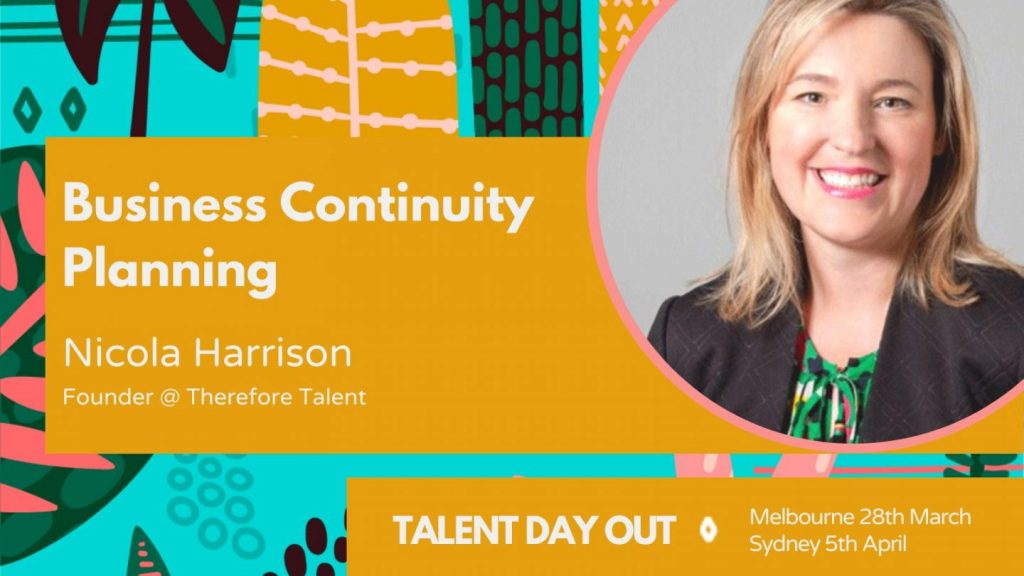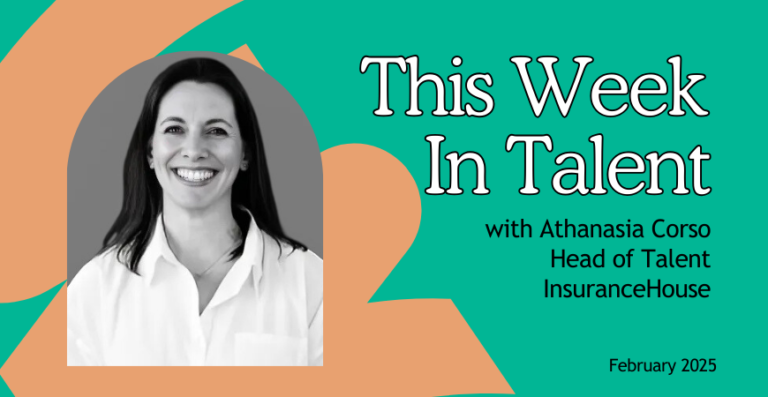After the last 18 months, HR is now well versed in Business Continuity Planning (BCP), and after responding to all the challenges of a global pandemic, surely nothing can catch HR out now? Well, if you haven’t heard of The Great Resignation yet, I hate to break the bad news but according to global trends, it’s heading our way and probably will catch you out unless you’re ready to take action.
What is ‘The Great Resignation’?
As a result of COVID-19 employers all over the world have experienced record levels of staff retention. Distracted (and scared) employees hung on tight to their jobs as the job market in most industries pretty much evaporated overnight. Global trends show that what comes next, as countries open back up, is record levels of staff attrition as people seek or are open to new opportunities and competitors take advantage.
Welcome to the Australian version of “the great resignation”.
An independent global study from research firm Edelman Data x Intelligence, indicates that 41% of employees are considering leaving their current employer this year and 46% say they’re likely to move because they can now work remotely. Australia’s Great Resignation with Australian vaccination targets likely to be achieved by Nov/Dec 2021, it is inevitable that restrictions will ease or possibly be lifted completely in early 2022. Australia has already had a taste of what happens next with the huge surge in hiring demand and economic confidence we saw recently post the (temporary) easing of restrictions in Victoria.
With Australian unemployment currently at the lowest rate in a decade (4.9%), record low net migration over the past 18 months, and 41% of employees already considering their next move, Australia’s Great Resignation is coming at a time when talent is already scarce. Maybe we have 3 months before HR is asked to deal with its next crisis but if COVID-19 taught us anything, its that rapid change is inevitable.
Surviving and thriving during the great Australian resignation
Some attrition is healthy, it provides an opportunity for new ideas and energy. Indeed, given the dramatic shift in the way we now work, you may be thinking there are some employees you would gladly wave goodbye to. However, mass/ high volume resignations of your talent, especially critical talent, over a short period will debilitate your organisation and the resulting stress will likely fuel even greater attrition if plans are not laid down now.
The latest Sydney and Melbourne lock downs have slowed this trend temporarily and is providing a second chance to get proactive with your Talent BCP planning.
Your BCP needs to cover
- What will happen if 40% of your workforce decided to leave suddenly?
- Could you replace them in the current market (4.9% unemployment)?
- How will you maintain current revenue?
- What will happen to your growth strategy?
- How will you maintain your DE&I commitments?
- What can you do now to mitigate these risks, and even thrive?
In addition, you should also factor in the un-budgeted cost of high levels of replacements. Figures from the Financial Review place the true cost of replacing a high potential employee at 2-3 times their annual salary, (assuming that is, if you’re lucky enough to find replacement talent), but even the immediate sourcing costs will present a challenge. Finding talent is increasingly difficult. During the recent lock down reprieve in Victoria SEEK saw record high job ads placed, yet applications remained at records lows. This was not limited tech and finance markets where the pain was felt quickly, but in candidate markets across the board.
Ten Questions to Ask
We’ve all quit a job at some point. In fact, we may have worked for a company where turnover was an epidemic. However, we haven’t seen mass movement like this before, and whilst you may have succession plans for some of your workforce, it’s likely you simply don’t have plans for high volume attrition. No need to panic, there is still an opportunity to get your plan together and Therefore Talent is here to help. Let’s start with some practical questions:
- Do you know how your employees are feeling about working for your organisation? When did you last listen and act? Do you ask on exit too? Remember: Culture eats strategy for breakfast.
- What’s your approach to where, how and when work is done? Are you forcing your employees or do they have choice?
- Do you have the right technology? Can work be automated and leave more interesting/high value work for your people?
- Have your leaders got the skills you need for the new world of work?
- Can you identify the critical roles/people in your business? Do you have a retention and succession plan? Are you engaging an external talent pool?
- Do you understand your current workforce’s skill set? Can you mobilise internal talent easily? Do your people see career and learning options? Are you developing your workforce?
- What reward and recognition system do you have in place? When did you last review its relevance?
- Are you benchmarking remuneration against your competitors in the market?
- When was the last time you reviewed your Employee Value Proposition? Is it relevant for a post-pandemic landscape? If you don’t think you have an EVP, you do. You simply don’t have control or influence over it – but that can be fixed.
- Do you have the right external partners to support you? eg. Agencies, freelancers, contingent workers. What happens if your recruiters or HR Business Partners resign?
How did you go?
Maybe you’re sitting there feeling quietly confident that you’ve “got this!” If so, I applaud you. If not, to quote Douglas Adam (Hitchhikers Guide to the Galaxy) “DON’T FREAK OUT”.
This may seem a lot (it is) and I’m quite sure you are already flat out busy. But you’re not alone. If you need help, Therefore Talent can quickly mobilise, review your readiness, and help you determine what to do next. Sounds good?
Want to hear more from Nicola? Join us at the 2022 Talent Day Out (Melbourne – 28th March, Sydney – 5th April).
This post originally appeared on LinkedIn Pulse and has been republished here with permission.







